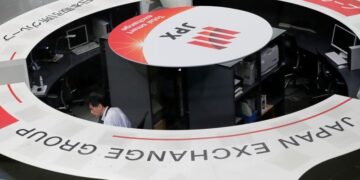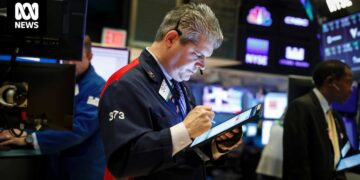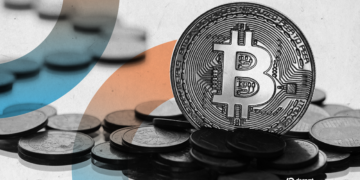Donald Trump has taken aim at tech giant Apple with threats new tariffs on smartphones entering the US.
On Friday (US time), the American president threatened to impose a 25 per cent tariff on Apple for any overseas-made iPhones sold in the US.
He told reporters the tariff would also apply to Samsung and other smartphone makers and would come into effect at the end of June.
The fastest way for the Trump administration to pressure Apple through tariffs would be to use the same legal mechanism behind punishing tariffs on a broad swath of imports, trade lawyers and professors said.
The law, known as the International Emergency Economic Powers Act, allows the president to take economic action after declaring an emergency that constitutes an unusual and extraordinary threat to the United States.
“There’s no clear legal authority that permits company-specific tariffs, but the Trump administration may try to shoehorn it under its emergency power authorities,” said Sally Stewart Laing, a partner at Akin Gump in Washington.
Other means of levying company-specific tariffs rely on lengthy investigations, Laing said.
But tariffs on only Apple “would provide a competitive advantage for other important phones, which undermines Trump’s goals of bringing manufacturing to the United States,” Laing said.
Experts said Trump has viewed IEEPA as a flexible and powerful economic tool because it is not clear that courts have the power to review the president’s response to a declared emergency.
“In the administration’s view, as long as he enacts the ritual of declaring an emergency and pronouncing it unusual or extraordinary, there is nothing a court can do,” said Tim Meyer, an international law professor at Duke University.
In a case brought by 12 states challenging Trump’s “Liberation Day” tariffs in the Manhattan-based Court of International Trade, the court is considering that issue, and whether IEEPA authorizes tariffs at all.
If the Trump administration wins that case, “the president is not going to have any trouble coming up with an emergency as a justification to impose tariffs on Apple iPhone imports,” Meyer said.
Trump could even simply include iPhones under the trade deficit emergency that already formed the basis for tariffs declared earlier, Meyer said.
But moving production to the United States could take up to a decade and could result in iPhones costing $US3,500 each, Dan Ives, an analyst at Wedbush, said in a research note.
Apple’s top-of-the-line iPhone currently retails for around $US1,200.
“We believe the concept of Apple producing iPhones in the US is a fairy tale that is not feasible,” Ives said.
Even without getting that far, a tariff on iPhones would increase consumer costs by complicating Apple’s supply chain and financing, said Brett House, an economics professor at Columbia.
“None of this is positive for American consumers,” he said.

















